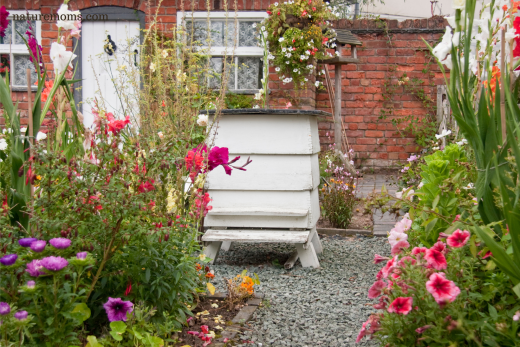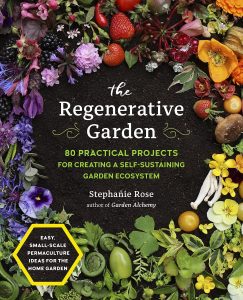Recharge Your Raised Beds: Fall Soil Revitalization Guide
3 min read
Fall is the perfect time to give your raised garden beds a much-needed recharge. After a long growing season, the soil in your raised beds may be depleted of nutrients and in need of some TLC. Rejuvenating your soil in the fall not only prepares it for the next growing season but also ensures healthier, more abundant crops. In this blog post, we will explore the essential steps to recharging your soil in raised beds during the fall.
- Remove Plant Residues
Start the process by clearing your raised beds of any spent or diseased plants. Removing these residues helps prevent the spread of pests and diseases and ensures a clean slate for your next crop.
- Weed Control
Weeds can be stubborn and persistent, so take the time to pull out any weeds that have invaded your raised beds. This will prevent them from competing with your desired plants for nutrients. Keeping raised beds covered and protected in winter and early spring keeps weeds at bay as well.
- Soil Testing
Before adding any amendments, it’s crucial to know the current state of your soil. Perform a soil test to determine the pH levels and nutrient content. This information will guide your soil revitalization efforts.
- Add Organic Matter
One of the best ways to recharge your raised bed soil is by incorporating organic matter. Compost, well-rotted manure, rabbit manure, or leaf mulch are excellent choices. Spread a generous layer (about 2-3 inches) evenly across the bed and mix it into the top few inches of soil.
- Cover Crops
Consider planting cover crops like clover or rye to protect and enrich your soil during the winter months. These cover crops help prevent erosion, fix nitrogen in the soil, and add organic matter when turned under in the spring.
- Mulch
Adding mulch on top of your raised beds helps retain moisture and regulate soil temperature. It also prevents weeds from taking root and breaking down, adding more organic matter to the soil over time.
- Vermicomposting
Introduce a worm composting bin into your raised beds to enhance nutrient availability and soil structure. Worm castings are rich in beneficial microorganisms and nutrients that plants love.
- Adjust pH Levels
Based on the results of your soil test, you may need to adjust the pH levels. Lime can be added to raise pH if it’s too acidic, while sulfur can be added to lower it if it’s too alkaline.
- Rotate Crops
Practice crop rotation to prevent soil depletion and pest buildup. Move plants to different areas of your raised beds each year to maintain soil health and balance.
- Fertilize Mindfully
If necessary, use organic fertilizers to provide additional nutrients. Choose a balanced, slow-release fertilizer to avoid overloading the soil with nutrients at once.
- Protect from Erosion
If your raised beds are prone to erosion, install protective barriers like mulch, gravel paths, or landscape fabric to keep soil in place.
- Monitor Moisture
Regularly check soil moisture levels to ensure your plants have the right amount of water. Proper hydration is essential for nutrient uptake and overall plant health.
- Compost Tea
Consider using compost tea as a liquid fertilizer to boost microbial activity in the soil. This natural brew can improve nutrient availability and strengthen plant defenses against diseases.
- Pest and Disease Management
Stay vigilant against pests and diseases, and take early action if you notice any issues. Proper management helps protect your soil and plants.
- Maintain Organic Practices
Stick to organic gardening practices to promote soil health and avoid the use of harmful chemicals that can harm beneficial soil organisms.
Recharging the soil in your raised beds during the fall is a crucial step in ensuring the success of your future crops. By following these steps and practicing good soil stewardship, you’ll create a nutrient-rich environment that promotes plant growth and overall garden vitality. Embrace the opportunity that fall provides to invest in your garden’s future, and reap the benefits in the seasons to come.
Fall soil revitalization, Raised bed gardening, Soil recharge in fall, Garden bed maintenance, Organic soil enrichment, Soil testing for gardens, Cover crops for raised beds, Mulching raised beds








